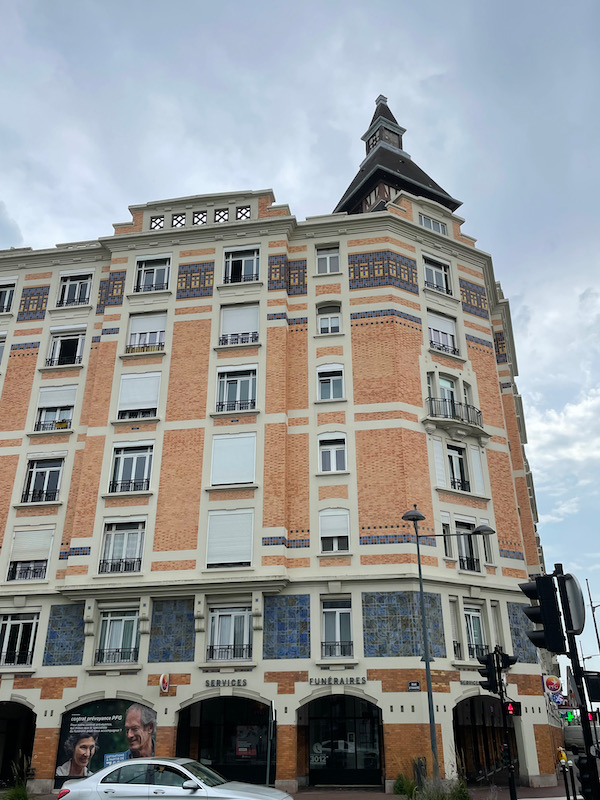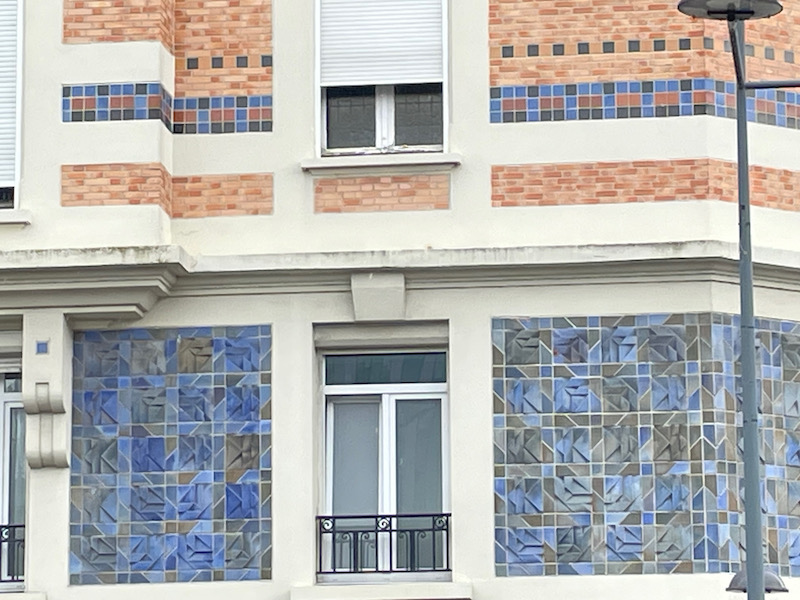Our Blog - Summer 2024 Trip - Tourcoing, France
I had never heard of Tourcoing until our local Volleyball team played them earlier this year, so I decided to take a peek at the town. The first mention of Tourcoing dates back to 1080. After the Hundred Years War and the Great Plague, it was a large village of about 3,000 inhabitants and began to develop into an international center of textile production. It became part of France 1668, streets were paved and the town was dominated by three monuments: a feudal castle, the church of St Christopher, and the City Hall.
The railway arrived in 1842 and by 1865, there were 35K people working in the textile industry. Most of the factories are gone now but some of the factories have been converted into loft apartments. During World War I and World War II, the city was largely destroyed and rebuilt. Similar to Roubaix, it sits on the Belgian border and is part of the "Metropolis of Lille".
The former Chamber of Commerce was built between 1903 and 1906. The building, combining stone and brick in a neo-Flemish style, has a corner belfry. The severe appearance of the cut stone on the ground floor is counterbalanced by the brick and a beige limestone on the upper levels. It was built to celebrate the prosperity of Tourcoing for the International Textile Industries Exhibition of 1906. The architect insisted on not being paid for his work, being content to serve his municipality. The belfry, completed in 1910, is 50 meters high. I think it is mostly empty now with plans to convert it into luxury apartments.
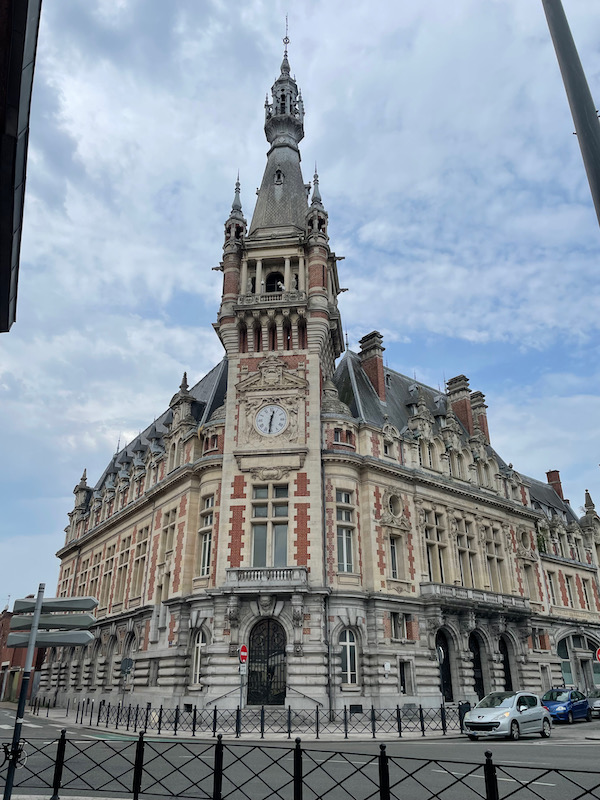
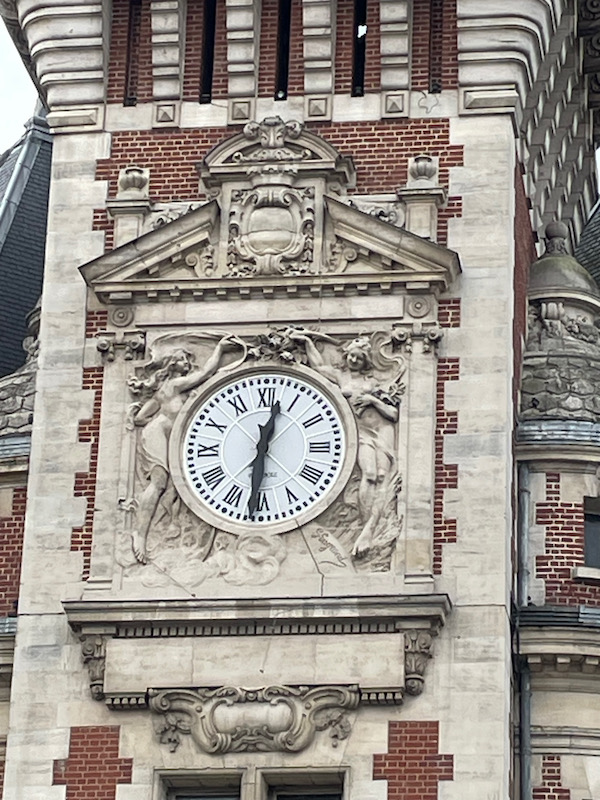
The architecture of La Maison du Broutteux is a bit different than those around it. The half-timbering at the top then the large bust of a gentleman, then a fresco that goes across the entire facade of the house. Below that, on either side, are large white sculptures (one a bull, the other a lion). Then on the ground floor walls, there are 2 bas-reliefs. It is a private home so we could only look at the outside.
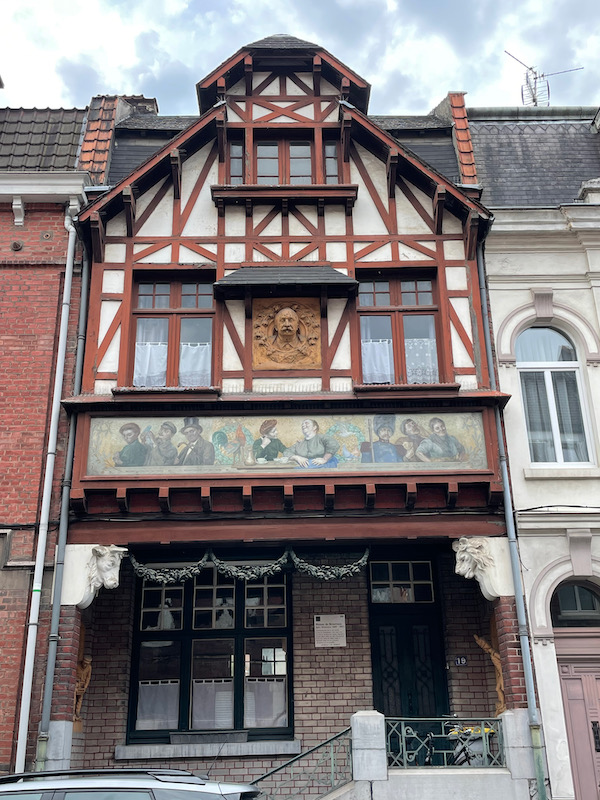
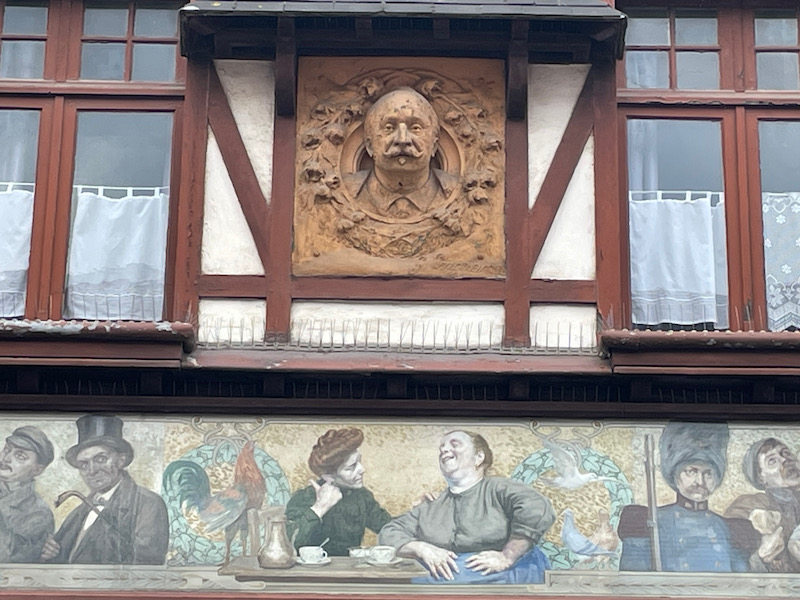
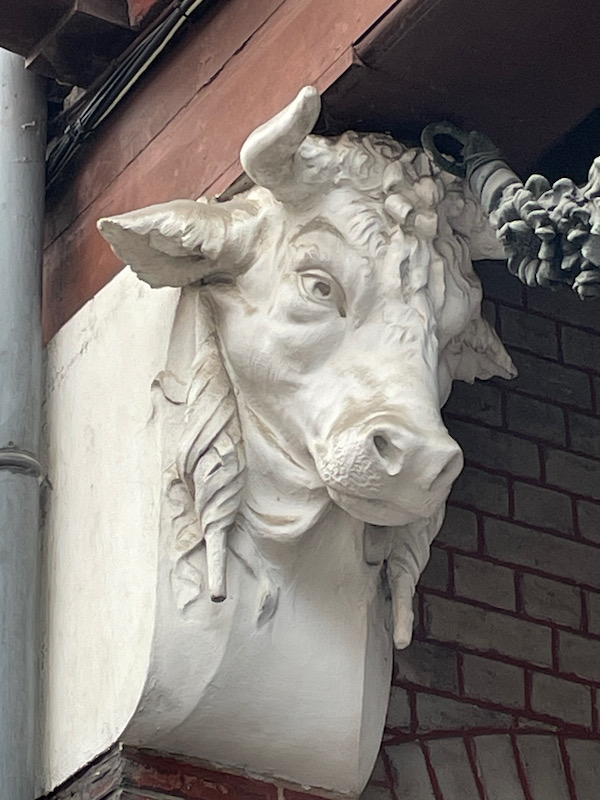
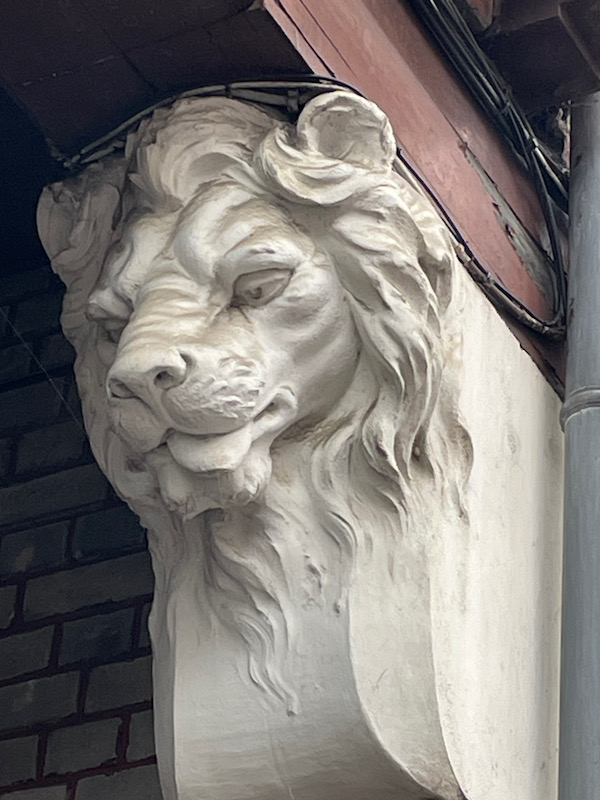
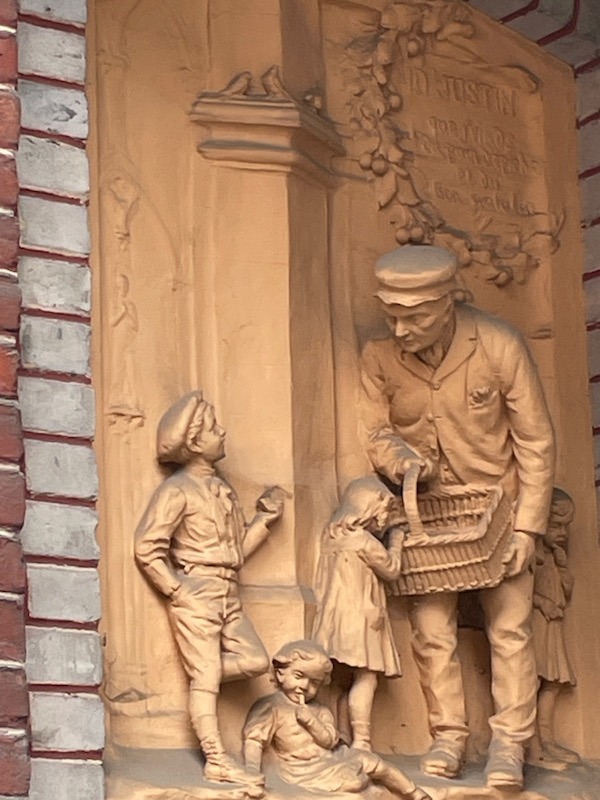
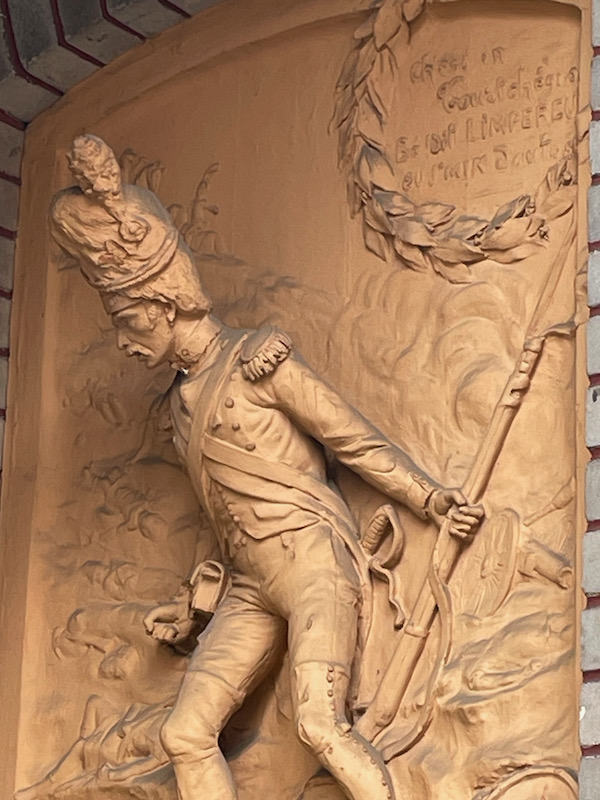
Walking down Rue de Lille and rue Nationale, there are a large number of private mansions that were the former residences of textile industrial families. Most were built the end of the 19th century in an eclectic style inspired by the Renaissance. I grabbed a few pictures of some of them, like the Hôtel Pollet - De Gottal, which was built around 1905.
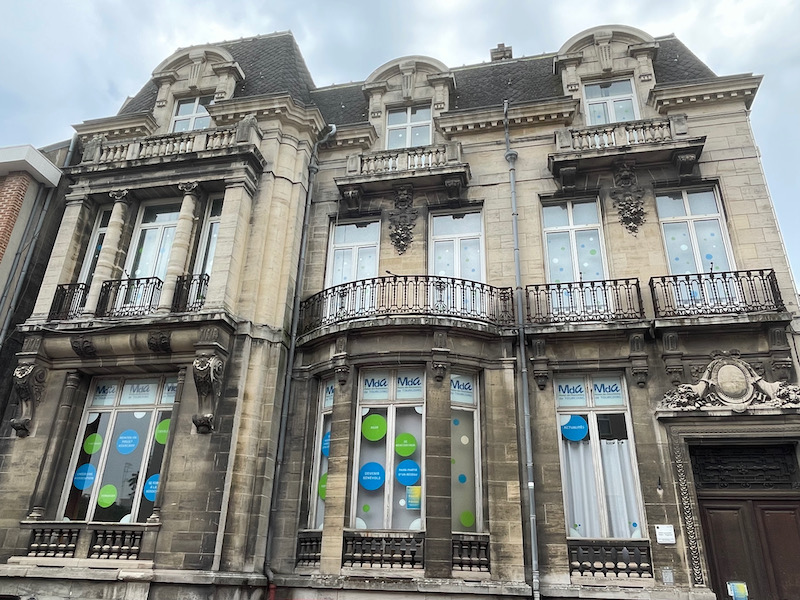
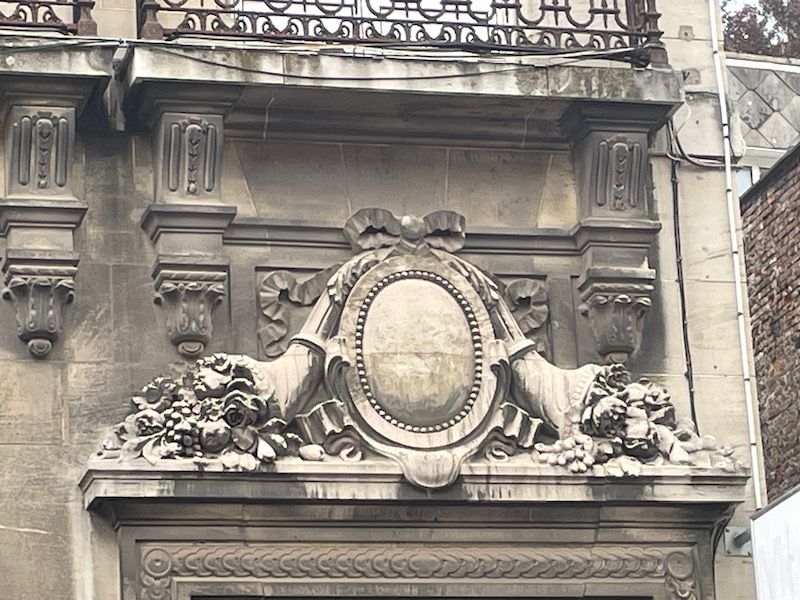
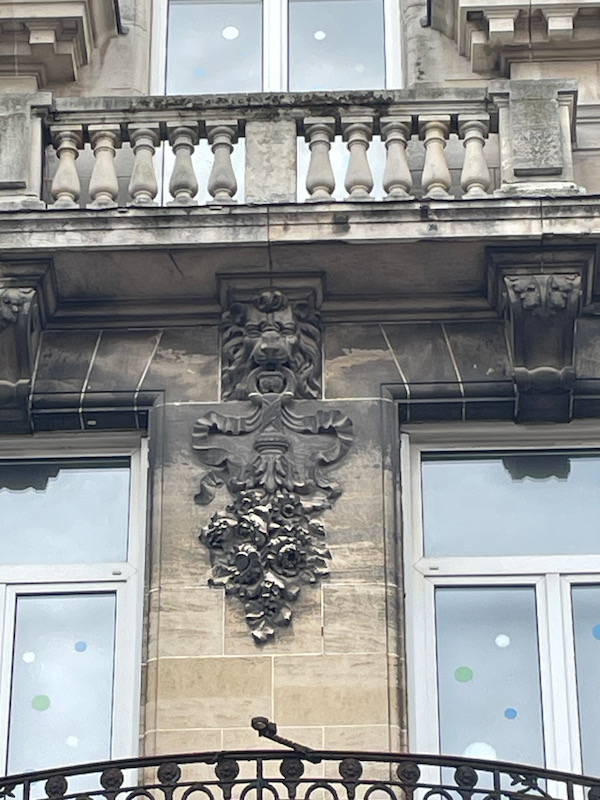
At the corner of Rue de Lille and rue Nationale, this large building is the former factory of the Tiberghien family, who were one of the biggest dynasties in the textile industry in Tourcoing. It looks like they have turned into apartments, which is probably a really nice use of the large windows.
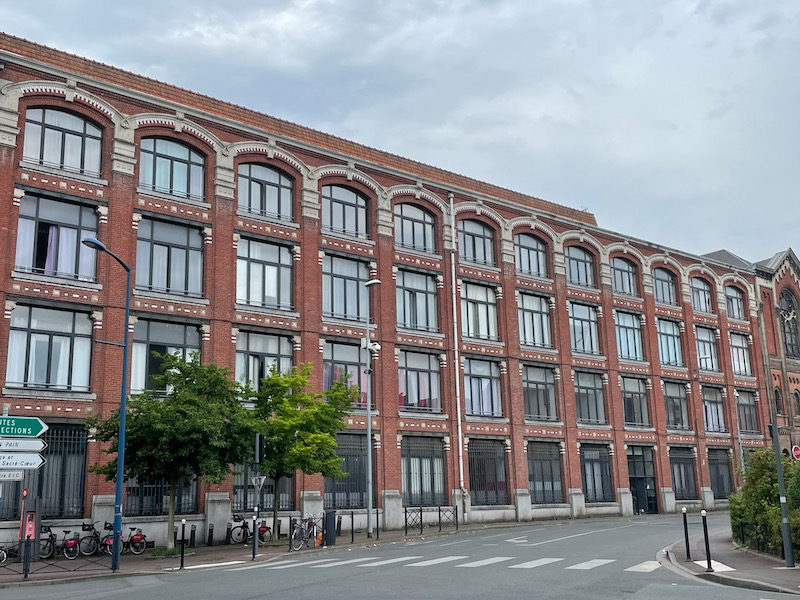
Another mansion on rue Nationale, this one dates from 1893.
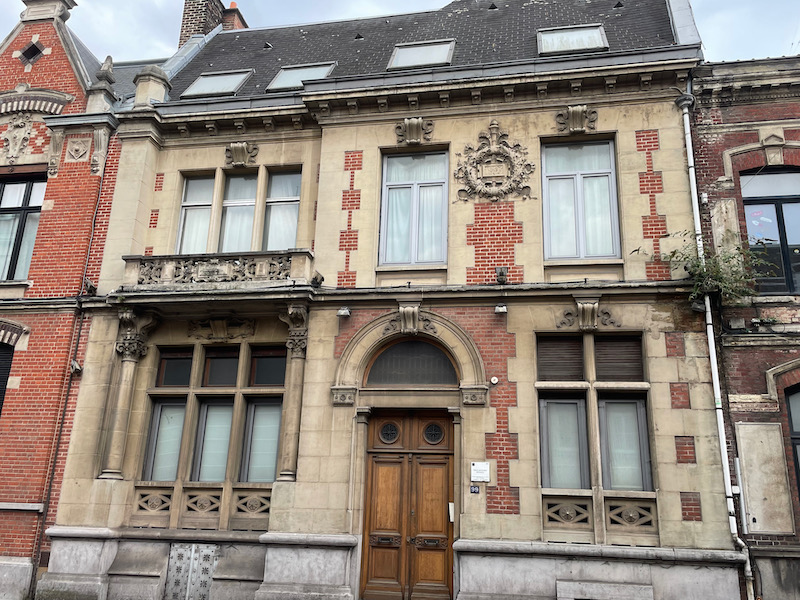
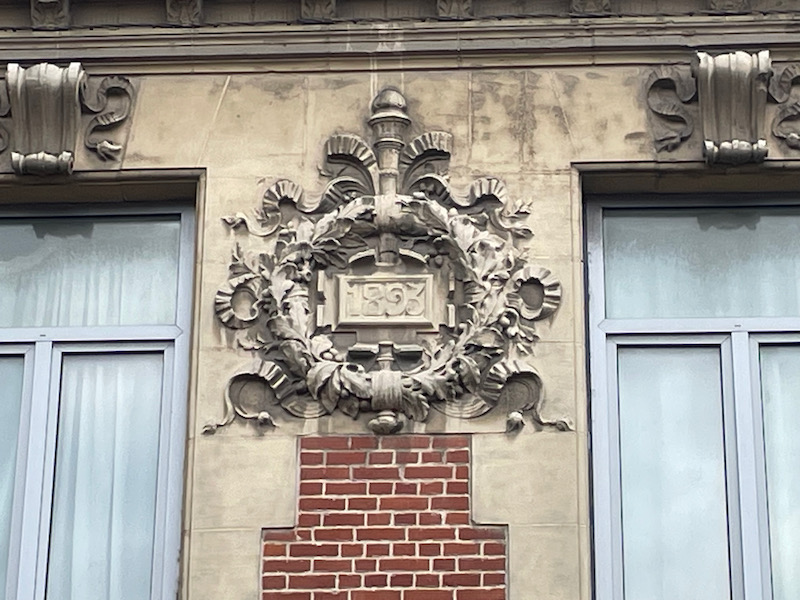
Built in the 19th century, the façade of the Église Notre-Dame-des-Anges is made out of white limestone in a neoclassical style while the rest of the church is brick. Like many churches that we encountered ... not open.

The Institut du Monde Arabe is in a building that used to be the swimming school from 1904 to 1999. When it opened, it was first swimming school in France.
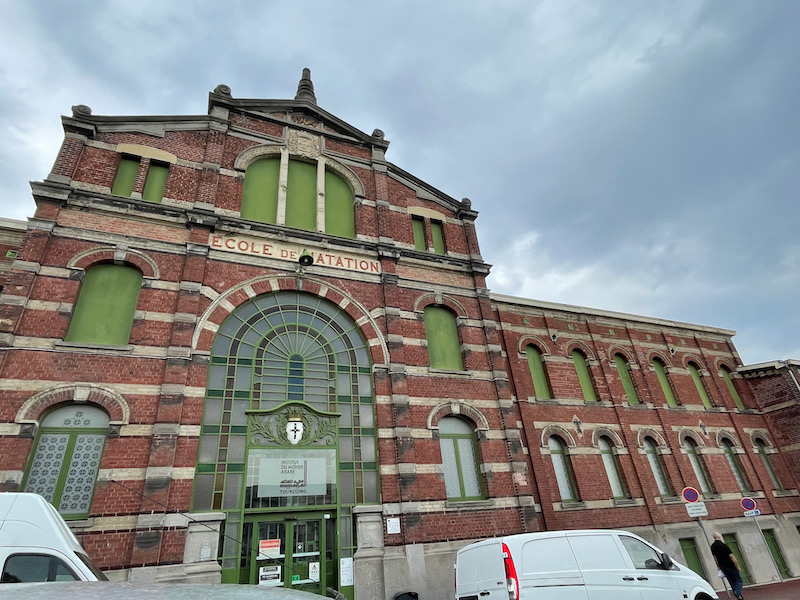
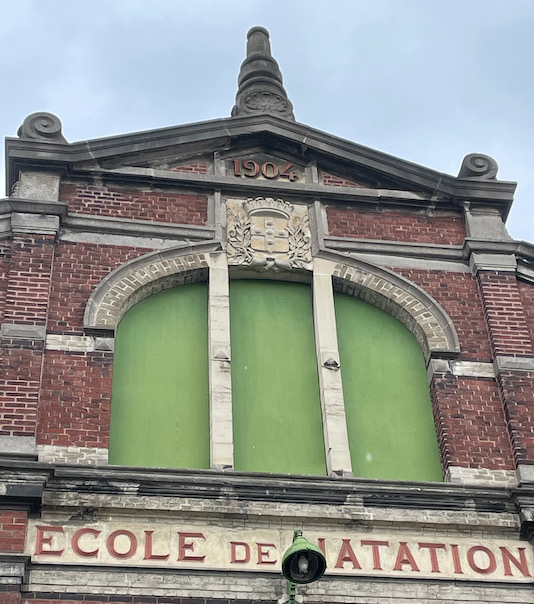
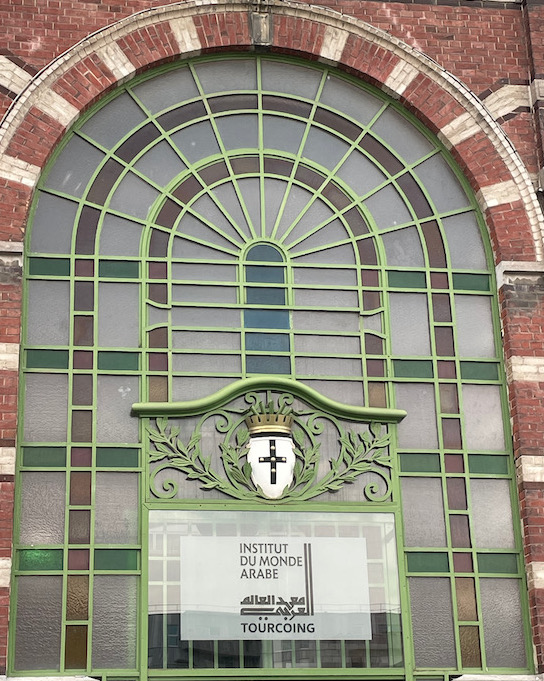
The original town hall was built in 1612 with this new building dating from 1866-1885. At the top is a clock surrounded by 2 caryatids representing day and night, symbols of time.
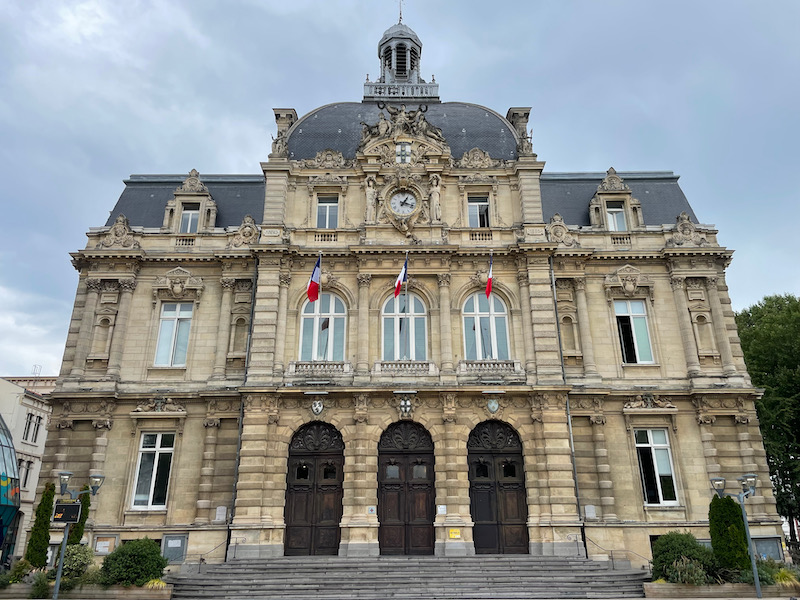
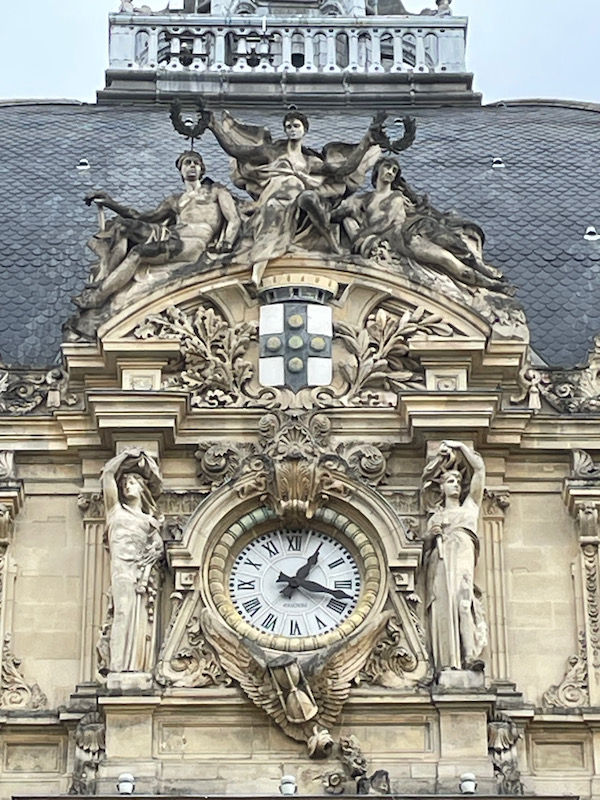
The Church of Saint Christopher is yet another church that you will only see the outside of. The origins date back to the 11th century and a modest 12th century church was transformed by adding a transept in the 13th century. A bell tower was added in the 15th century. Due to the growth in the 19th century, it was too small and had to be expanded. The facade, built entirely in white stone, is Gothic. But as you move round to the sides, you will notice all fo the brick with only the stones around the windows and as the buttress supports.
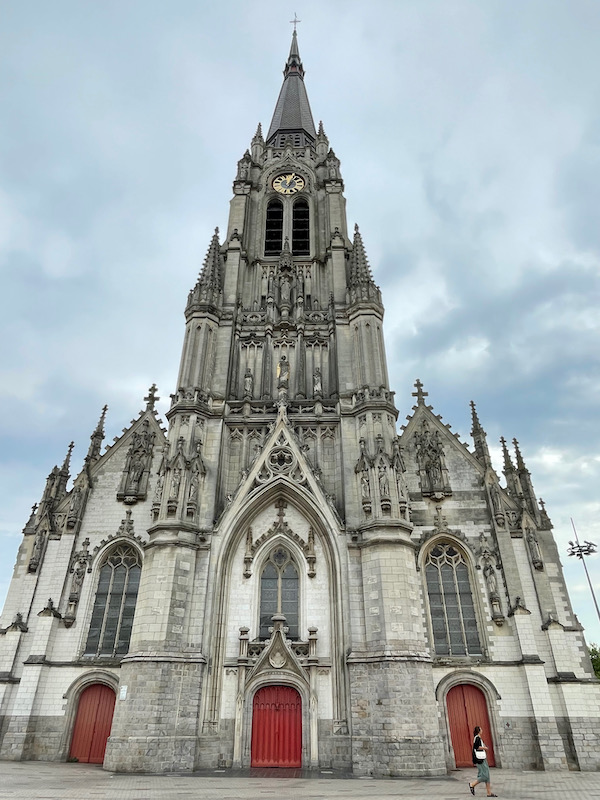
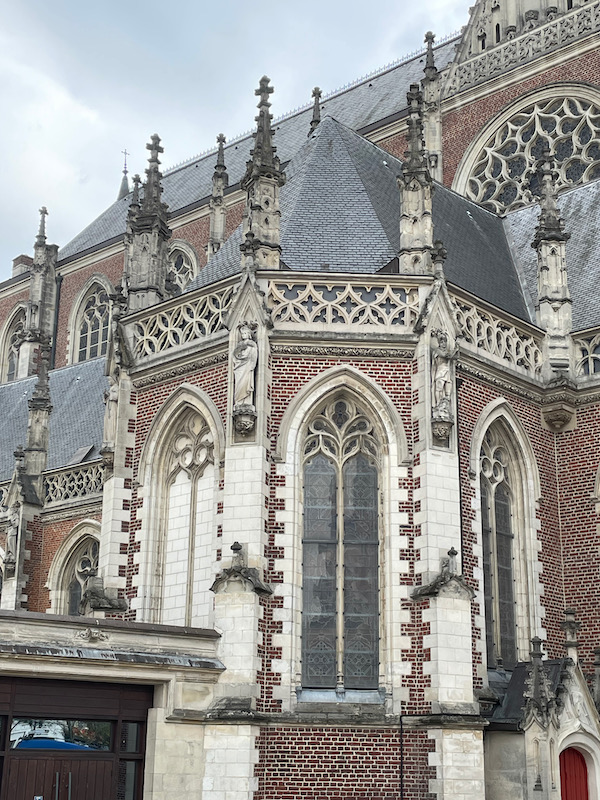
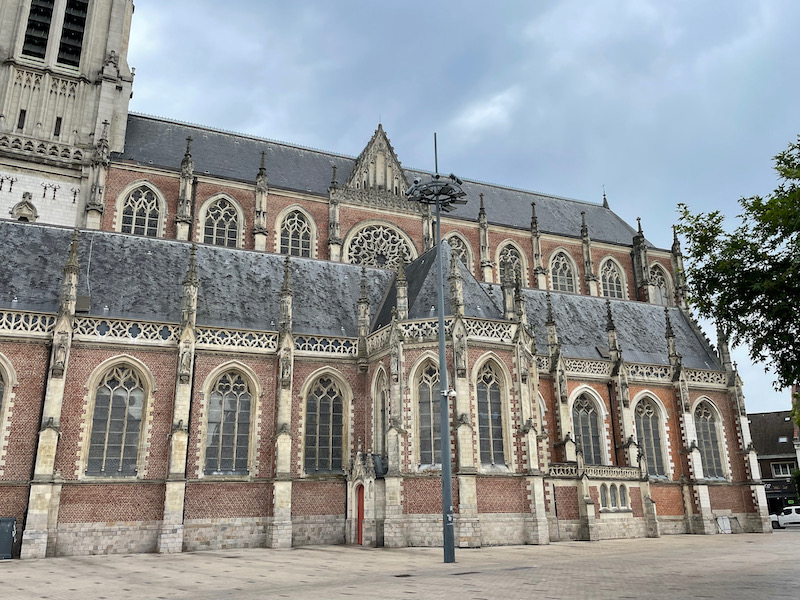
And the last site is a large building called Les Arcades (the arcades, since there is an arcade along the entire ground floor). The building was completed in 1932 in the Art Deco style. While it looks like brick with tile accents, the building is actually made of concrete and the tile is decorative, just like the glazed tiles.
